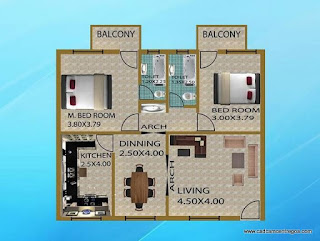Certificate in Tally: A Game-Changer for Your Career
Duration: 70 Hours or 3 Months (Check the Syllabus)
 Are you a commerce student, on the brink of completing your education, and eager to unlock a world of job opportunities? Then, the "Certificate in Tally" is your key to securing a promising future! In this comprehensive guide, we'll walk you through this course's benefits and why it's the perfect choice for commerce students looking to boost their career prospects.
Are you a commerce student, on the brink of completing your education, and eager to unlock a world of job opportunities? Then, the "Certificate in Tally" is your key to securing a promising future! In this comprehensive guide, we'll walk you through this course's benefits and why it's the perfect choice for commerce students looking to boost their career prospects.Why "Certificate in Tally" Is Your Best Career Move
Recognized Certificate of Completion
Upon successfully completing the course, you will be awarded a recognized certificate of completion. This certificate is not just another piece of paper; it's your ticket to numerous job opportunities in the world of commerce and finance. Employers across various industries value Tally expertise, and your certificate will be proof of your proficiency.Checkout the Tally Software Features
Valid for All Office Jobs
Here's the game-changer: your "Certificate in Tally" is universally recognized. This means it's not limited to a single industry or job role. Whether you're looking to land a role in a corporate office, a retail store, a hospital, a school, or any other sector, this certificate will serve as a testament to your competency in managing financial transactions.Tailored for Commerce Students
If you're a commerce student, this course is tailor-made for you! It's strategically designed to complement your educational background and provide you with practical skills that you can apply immediately. Rather than being a standalone addition, the "Certificate in Tally" acts as an extension of your academic journey.
Gateway to Job Opportunities (See Details)
Completing your commerce education is a significant milestone, and now it's time to leverage it with the "Certificate in Tally." This course equips you with real-world accounting skills, making you an attractive candidate for employers seeking individuals who can manage finances, generate reports, and ensure compliance with tax regulations.Why Choose the "Certificate in Tally"?
- Time-Efficient: We understand that your time is valuable. The "Certificate in Tally" is designed to be completed in just 70 hours or 3 months, allowing you to swiftly acquire the skills that will elevate your career.
- Universal Recognition: Your certificate is a universally recognized credential, meaning you're not limited to a specific industry. It's your passport to a wide range of office jobs.
- Career-Ready: We've tailored this course to be the perfect fit for commerce students, ensuring that it aligns seamlessly with your academic journey and career aspirations.
- Job Opportunities Galore: In today's competitive job market, the "Certificate in Tally" sets you apart from the crowd. It opens the door to a world of job opportunities across diverse sectors.
Unlock Your Career Potential with the "Certificate in Tally"
.webp)
Now is the time to invest in your future.
Don't wait – enroll in the "Certificate in Tally" and make the first move towards a brighter future filled with exciting job opportunities! Your career journey starts here.



























